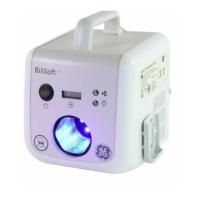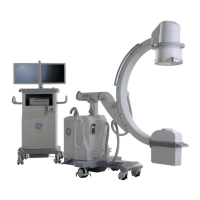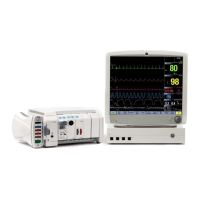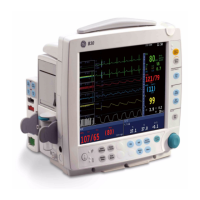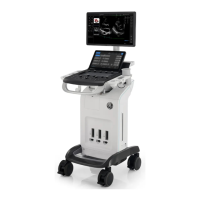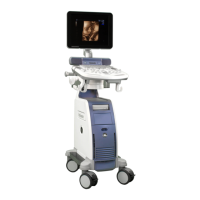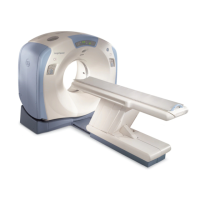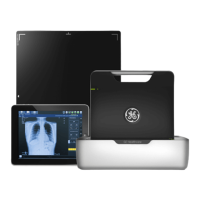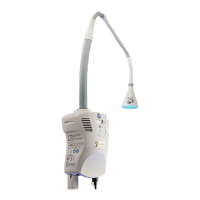104
• A failure in zeroing or calibrating airway gases may cause
inaccurate readings.
• E-miniC module: O
2
, N
2
O and anesthetic agent gases may
interfere with EtCO
2
readings.
• EQUIPMENT FAILURE OR INACCURATE READINGS — Planned
maintenance should be carried out annually according to the
instructions given in the technical manual. Failure to implement
the recommended maintenance schedule may cause equipment
failure or inaccurate readings.
• PATIENT CROSS-INFECTION — Returning the sampled gas to the
patient circuit causes a risk of patient cross-infection.
• PATIENT CROSS-INFECTION — Always use a bacterial breathing
system filter proximal to the patient when returning the sampled
gas to the patient circuit. If a bacterial breathing system filter is
not used, a failure in the D-Fend Pro water trap may cause a risk
of patient crossinfection.
• PATIENT CROSS-INFECTION — If the sampled gas is returned to
the patient circuit, ensure the protective function of the D-Fend
Pro water trap by replacing it at least once a week, or
immediately in case of a defective or missing bacterial breathing
system filter. Otherwise, there is a risk of patient cross-infection.
• When use Airway Gas Option module (N-CAiO) for anesthetic
agent measurement, make sure the agent is no more than one.
Cautions
• Do not apply pressurized air or gas to any outlet or tubing
connected to the monitor, pressure may destroy sensitive
elements.
• Patient-specific MAC is affected by several factors such as
patient age and body temperature.
Airway gas measurement limitations
• E-miniC measurement is intended for patients weighing over 5
kg (11 lb).
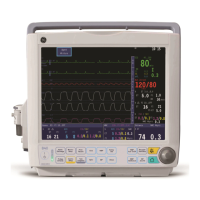
